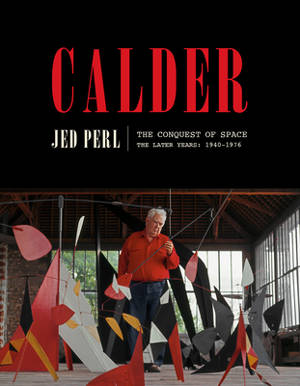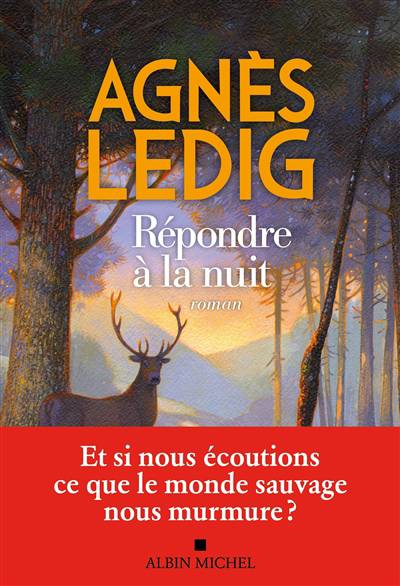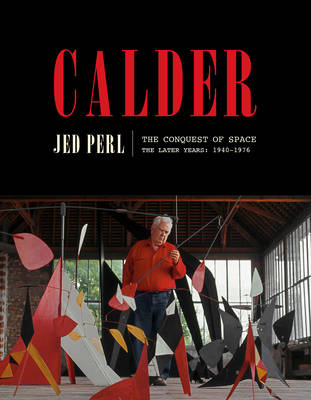
En raison d'une grêve chez bpost, votre commande pourrait être retardée. Vous avez besoin d’un livre rapidement ? Nos magasins vous accueillent à bras ouverts !
- Retrait gratuit dans votre magasin Club
- 7.000.000 titres dans notre catalogue
- Payer en toute sécurité
- Toujours un magasin près de chez vous
En raison de la grêve chez bpost, votre commande pourrait être retardée. Vous avez besoin d’un livre rapidement ? Nos magasins vous accueillent à bras ouverts !
- Retrait gratuit dans votre magasin Club
- 7.000.0000 titres dans notre catalogue
- Payer en toute sécurité
- Toujours un magasin près de chez vous
Description
The concluding volume to the first biography of one of the most important, influential, and beloved twentieth-century sculptors, and one of the greatest artists in the cultural history of America--is a vividly written, illuminating account of his triumphant later years. The second and final volume of this magnificent biography begins during World War II, when Calder--known to all as Sandy--and his wife, Louisa, opened their home to a stream of artists and writers in exile from Europe. In the postwar decades, they divided their time between the United States and France, as Calder made his first monumental public sculptures and received blockbuster commissions that included Expo '67 in Montreal and the 1968 Olympics in Mexico City. Jed Perl makes clear how Calder's radical sculptural imagination shaped the minimalist and kinetic art movements that emerged in the 1960s. And we see, as well, that through everything--their ever-expanding friendships with artists and writers of all stripes; working to end the war in Vietnam; hosting riotous dance parties at their Connecticut home; seeing the "mobile," Calder's essential artistic invention, find its way into Webster's dictionary--Calder and Louisa remained the risk-taking, singularly bohemian couple they had been since first meeting at the end of the Roaring Twenties. The biography ends with Calder's death in 1976 at the age of seventy-eight--only weeks after an encyclopedic retrospective of his work opened at the Whitney Museum in New York--but leaves us with a new, clearer understanding of his legacy, both as an artist and a man.
Spécifications
Parties prenantes
- Auteur(s) :
- Editeur:
Contenu
- Nombre de pages :
- 688
- Langue:
- Anglais
- Collection :
- Tome:
- n° 2
Caractéristiques
- EAN:
- 9780451494115
- Date de parution :
- 14-04-20
- Format:
- Livre relié
- Format numérique:
- Genaaid
- Dimensions :
- 183 mm x 236 mm
- Poids :
- 1905 g

Les avis
Nous publions uniquement les avis qui respectent les conditions requises. Consultez nos conditions pour les avis.






